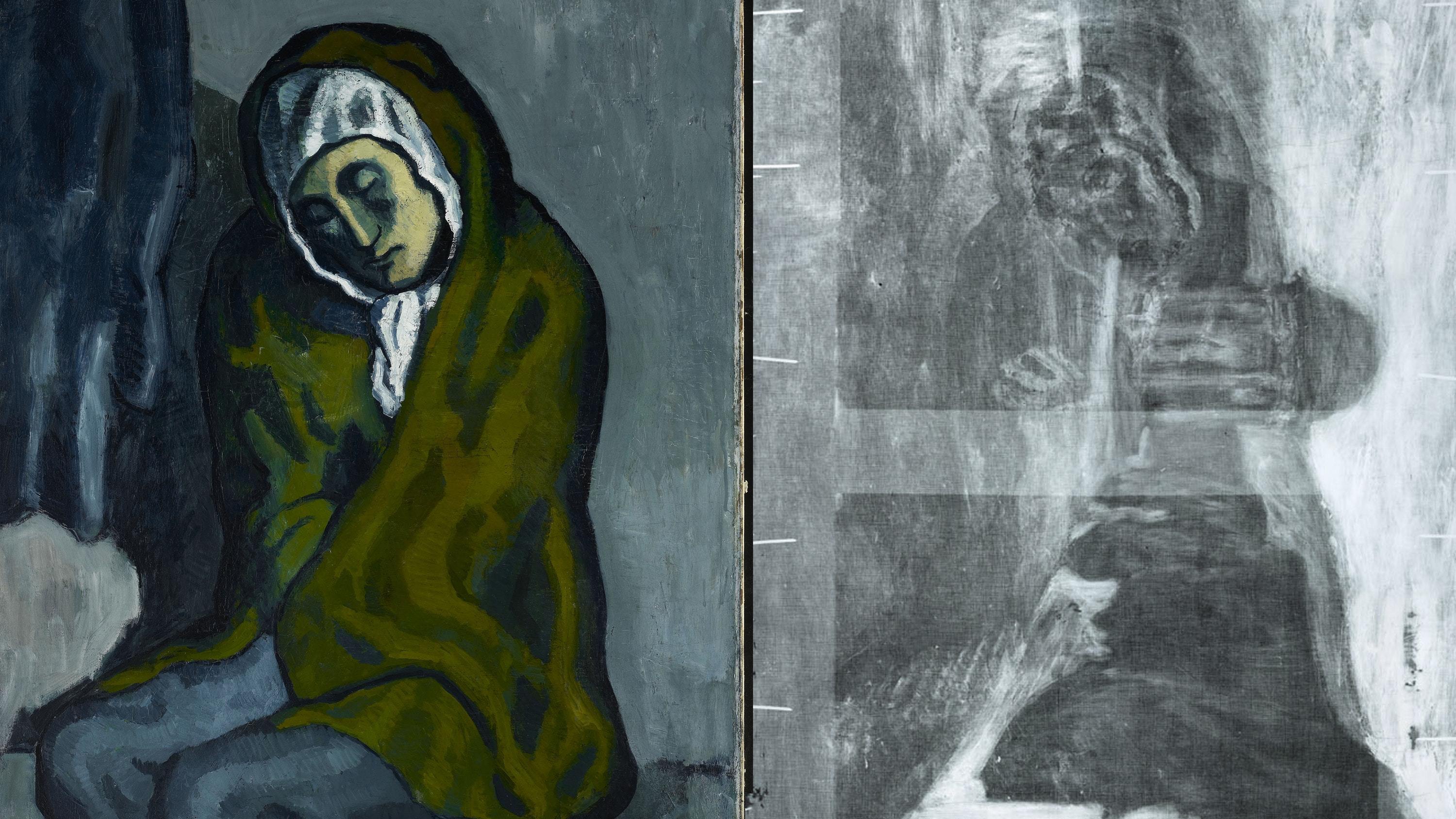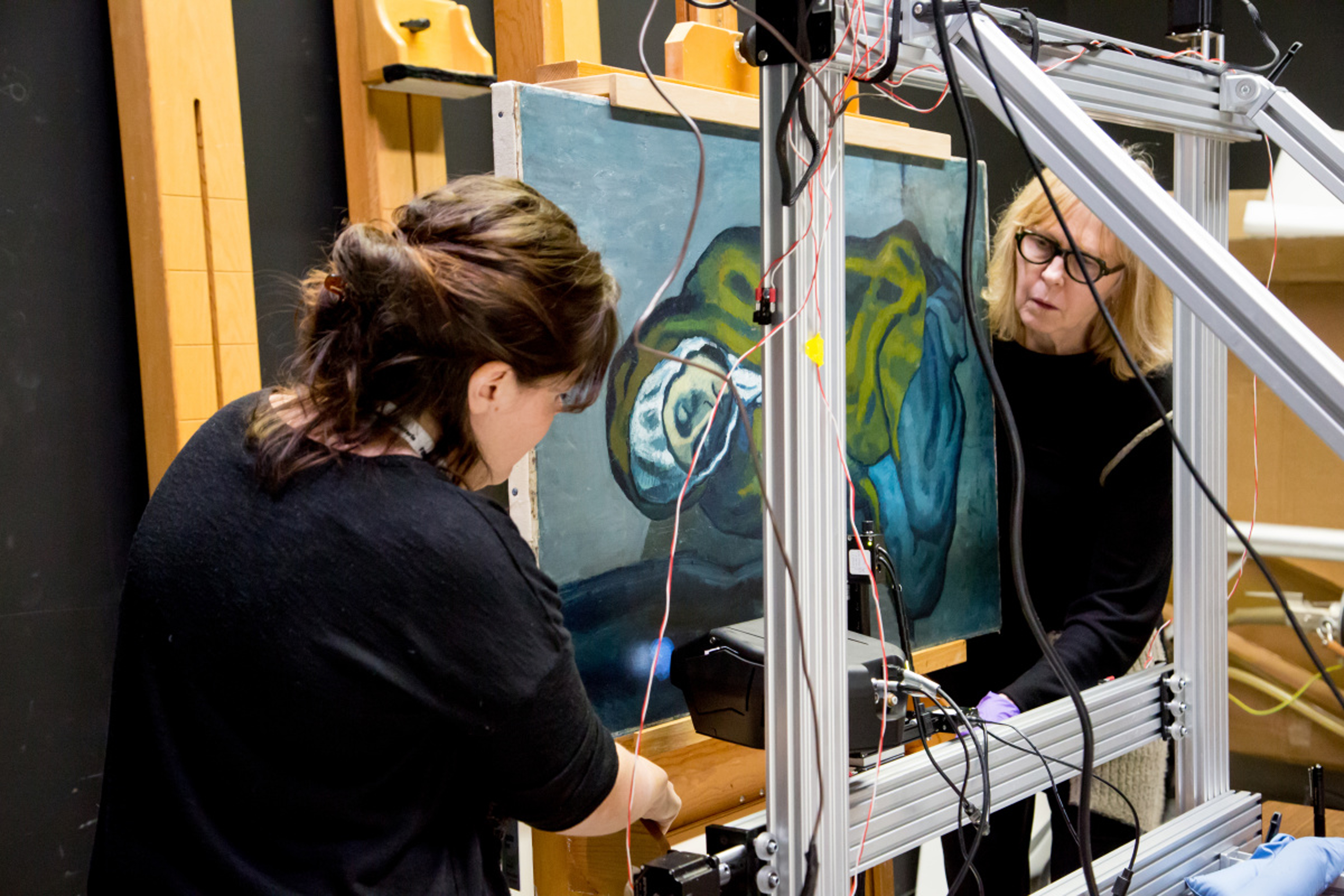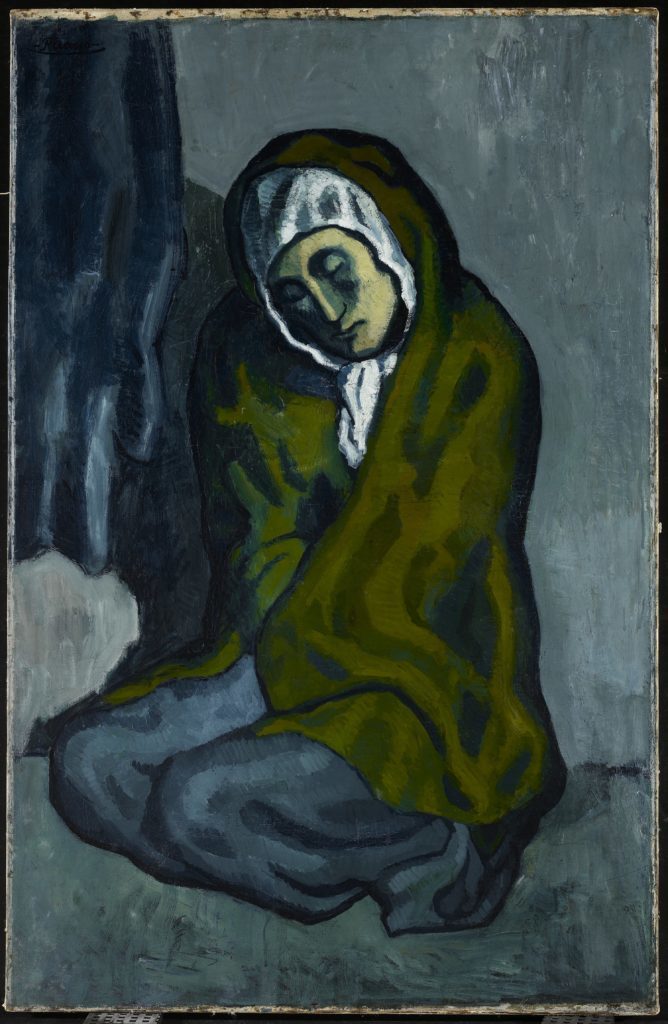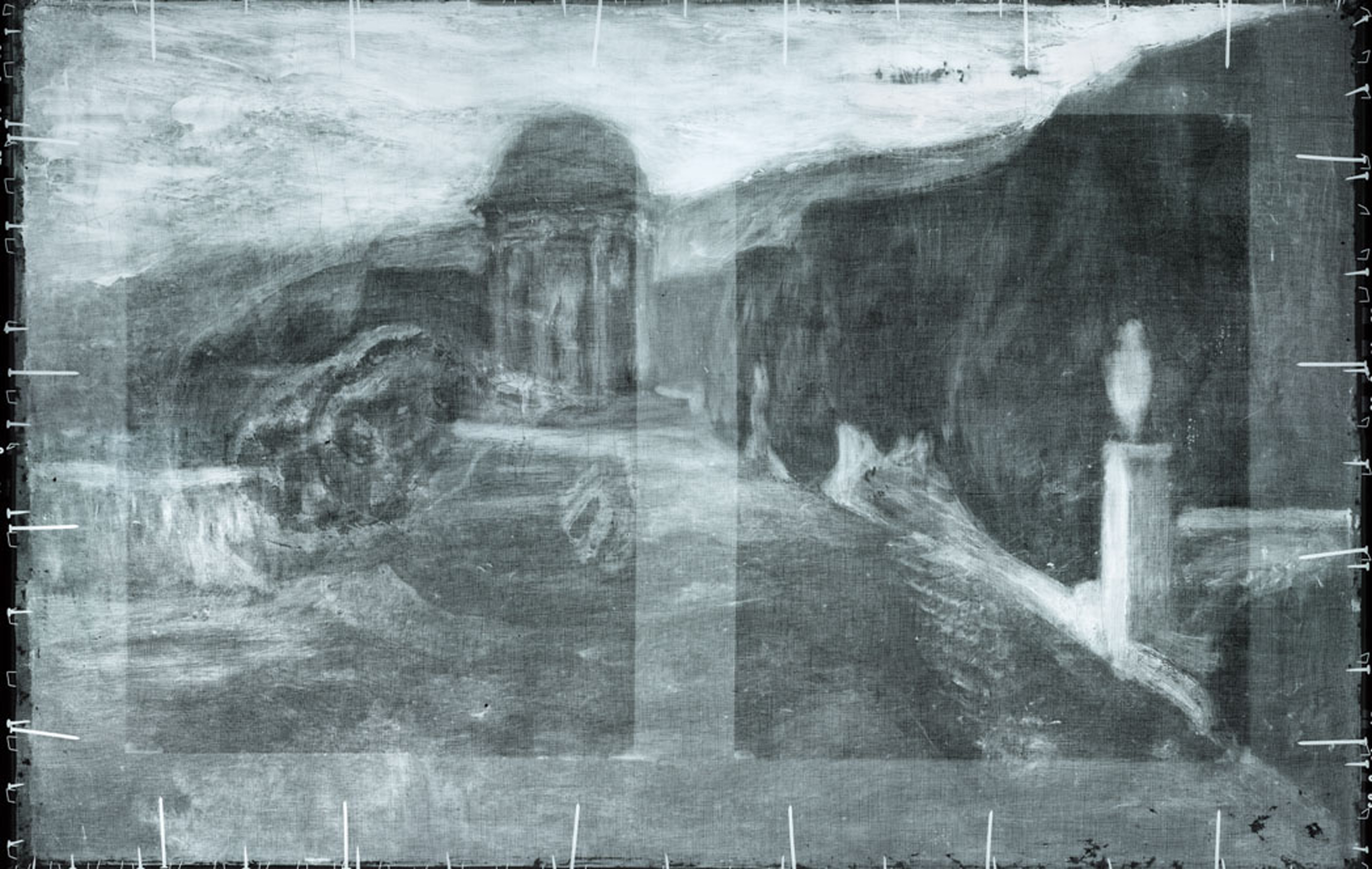
SCIENTISTS have uncovered hidden details beneath one of Pablo Picasso’s oil paintings that give an insight into how the famous painter created his work of art.
Using state-of-the-art imaging techniques, a team of researchers in the US and Canada found Picasso made a few changes to La Misereuse accroupie, including painting over a hand that was initially visible.
Also known as The Crouching Woman, La Misereuse accroupie depicts a woman crouching on the floor wrapped in a green cloak.
The scientists discovered that the Spanish painter made a major change to his own work, initially painting the woman with a right hand holding an object before covering it with her cloak in the final version.
They found that in the earlier versions, the woman was narrower and had a different head inclination.
The Art Gallery of Ontario (AGO) in Toronto, Canada, had already uncovered Picasso painted over another artist’s work after observing the distinct textures in the painting did not match the visible composition.
Marc Walton, a research professor of materials science and engineering at Northwestern University’s McCormick School of Engineering, said: “Picasso had no qualms about changing things during the painting process.
“Our international team – consisting of scientists, a curator and a conservator – has begun to tease apart the complexity of La Misereuse accroupie, uncovering subtle changes made by Picasso as he worked toward his final vision.”
Using non-invasive imaging methods, such as reflectance imaging spectroscopy to map the underlying images beneath every paint layer and X-ray fluorescence (XRF) imaging to determine the composition of the pigments, the scientists were able to analyse 70% of the painting in 24 hours.
Their findings revealed a horizontal landscape created by a different Barcelona painter – whose identity remains unknown – under the visible surface of Picasso’s painting.
By rotating the artist’s work 90 degrees to the right, Picasso was able to use some of the landscape forms – such as the lines of the cliff edges into the woman’s back – in his own final composition of La Misereuse accroupie.
The painting was sold in 2015 at Christie’s auction in New York for 149,000 US dollars (£106,000).
Kenneth Brummel, the AGO’s assistant curator of modern art, said it “became clear to me that the arm hidden under the visible surface of La Misereuse accroupie is the same as the proper right arm of a crouching woman in a Picasso watercolour recently sold at auction”.
The findings were presented at the annual meeting of the American Association for the Advancement of Science in Texas, US.

Enjoy the convenience of having The Sunday Post delivered as a digital ePaper straight to your smartphone, tablet or computer.
Subscribe for only £5.49 a month and enjoy all the benefits of the printed paper as a digital replica.
Subscribe


